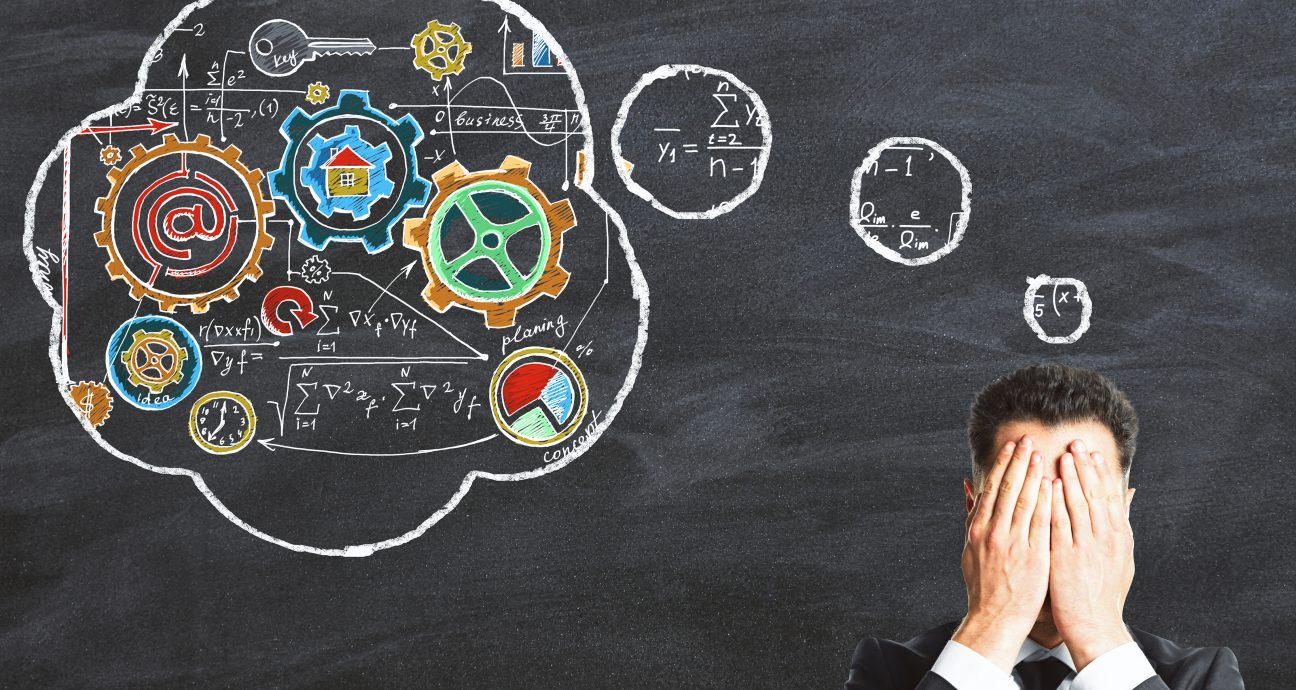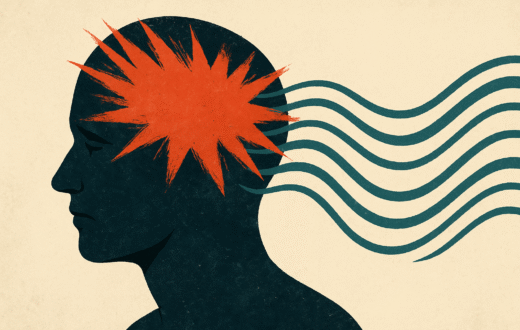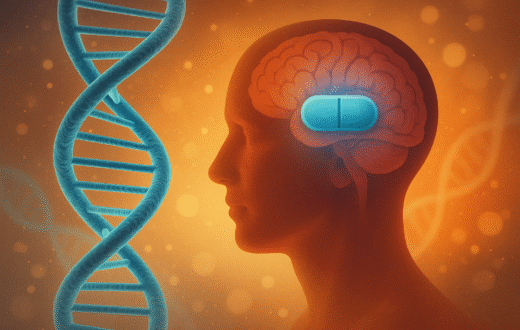Problem learning: a discovery-based and problem-solving approach

Problem-based learning is an innovative teaching method that focuses on enhancing students’ skills by exploring and analyzing real-world problems in structured and effective ways. This type of learning is based on placing students in the face of real or artificial problem situations, so that they have to interact with these situations and analyze them in order to reach logical and scientific solutions. Since problem learning focuses on developing critical and creative thinking skills, it gives students the opportunity to acquire new knowledge and skills in a meaningful and exploratory way.
What is problem learning?
Problem-based learning is an educational approach that uses problems as a starting point to stimulate learning and discovery. This approach is characterized by enhancing the learner’s autonomy and relying on the teacher’s role as a mentor, rather than as a carrier of information. Students are asked to study and analyze a particular problem using the knowledge sources available to them and work in teams to develop strategies and solutions based on research and analysis.
One of the distinctive aspects of problem learning is that it does not rely on providing educational content directly, but rather encourages students to self-learn and work collaboratively by applying academic knowledge and theories in a real-world context, making learning more relevant to reality and closer to real work environments.
Characteristics of problem learning
Problem learning has several characteristics that distinguish it from traditional teaching methods, including:
- Learner Focus: Problematic learning puts students at the center of the learning process, where they take responsibility for learning and discovery through research and information analysis.
- Use real-world problems: This approach relies on asking problems taken from real life, making learning more relevant to society and its practical needs.
- Enhance critical thinking skills: Problem learning develops critical and creative thinking skills by analyzing problems in logical and deductive ways.
- Collaborative Learning: Problem learning encourages teamwork and interaction between students through the exchange of ideas and knowledge, which contributes to enhancing their social and communication skills.
- Discovery Learning: This approach allows students to develop their investigative skills and discover information and knowledge on their own through continuous research and analysis.
Benefits of Problem Learning
Studies have shown that problem-based learning can be effective in enhancing a variety of skills in learners. These benefits include:
- Enhance analytical and problem-solving skills: Through exposure to real-world problem situations, students learn how to identify and analyze different aspects of problems, enhancing their ability to solve problems in creative and effective ways.
- Stimulate self-learning: Since problem-based learning requires students to research and discover information on their own, it enhances self-learning skills and increases students’ motivation for continuous learning.
- Develop collaboration and communication skills: By working in teams, students are able to develop communication and interaction skills with others, which helps them build positive relationships and enhances their abilities to work in teams.
- Apply theoretical knowledge in practical situations: Through this approach, students can connect academic concepts and theories with practical applications, making knowledge meaningful and contributing to their understanding of the subjects.
Challenges associated with problem learning
Despite the many benefits of problem-based learning, it faces some challenges that may hinder the achievement of its goals in some educational settings. Among the most prominent of these challenges:
- Students need advanced critical thinking skills: Because problem learning is based on critical and creative thinking, some students may find it difficult to adapt to this approach at first.
- Teachers’ need to change their roles: In this approach, teachers have to change their roles from information carriers to mentors and assistants to students, requiring them to acquire new skills in mentoring and counseling.
- Need for diverse learning resources: Problematic learning depends on the availability of diverse educational resources, which can be a challenge for learning environments that lack these resources.
- Time and planning: Applying problematic learning is something that requires careful planning and a significant amount of time to ensure that learning goals are met.
Problematic learning applications in education
Problem learning can be used in various educational fields, from primary education to university education. It has proven effective in the fields of medical sciences, engineering and business administration, where students can apply theoretical knowledge by working on practical problems that require advanced solution strategies.
For example, in medical education, actual medical conditions are used as a means of motivating students to analyze symptoms and apply medical concepts in a therapeutic setting. In the fields of business administration, students are guided to analyze real problems facing companies and develop strategies to address them, enhancing their readiness to work in the market.





